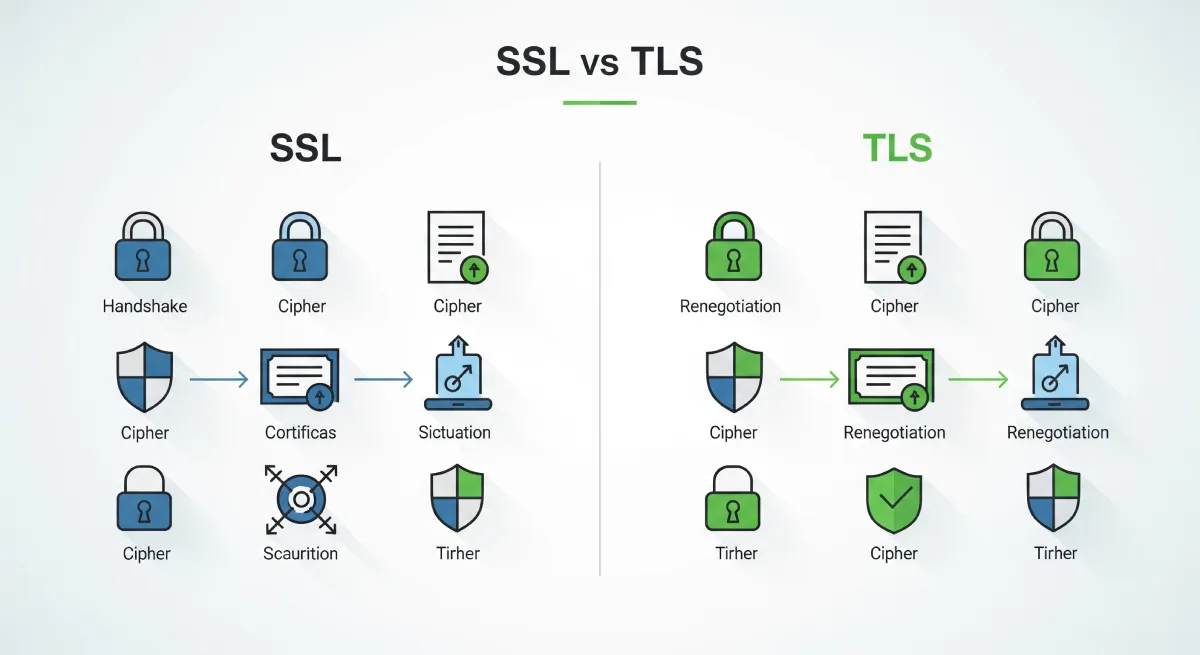In the realm of spatial data structures, the battle between Quad Trees and KD-Trees is a perennial debate among developers and data enthusiasts. Both serve as powerful tools for efficiently organizing and querying spatial data, but understanding their nuances is crucial for making informed decisions in diverse applications. In this comprehensive exploration, we delve into the intricacies of Quad Trees and KD-Trees to unravel the optimal spatial data structure for various scenarios.
Introduction: Navigating the Spatial Landscape
Spatial data structures play a pivotal role in scenarios where organizing and querying spatial data efficiently is paramount. Whether you’re designing a geographic information system, tackling machine learning challenges, or optimizing real-time systems, the choice between Quad Trees and KD-Trees can significantly impact performance.
Quad Trees: The Quadrant-Based Marvel
Quad Trees are hierarchical tree structures that divide a space into four quadrants, recursively sub-dividing until each quadrant contains a limited number of data points. This hierarchical organization allows for quick spatial searches and is particularly adept at handling irregular distributions of data.
Advantages of Quad Trees:
1. Efficient for Irregular Distributions: Quad Trees shine when dealing with datasets where data points are unevenly distributed.
2. Dynamic Data Handling: Their dynamic nature enables them to adapt to changing data sizes and distributions.
3. Simplified Nearest Neighbor Searches: Ideal for applications requiring quick identification of nearest neighbors.
Use Cases:
- Geographic Information Systems (GIS)
- Image Compression
- Collision Detection in Gaming
KD-Trees: Slicing through Dimensions
In the other corner, we have KD-Trees, a spatial data structure that excels in multidimensional spaces. The “KD” stands for “k-dimensional,” and these trees partition space by alternating between dimensions, creating a binary tree structure.
Advantages of KD-Trees:
1. Effective in Multidimensional Spaces: KD-Trees are particularly powerful when dealing with datasets in multiple dimensions.
2. Optimized for Regularly Distributed Data: Ideal for scenarios where data points are evenly distributed.
Use Cases:
- Machine Learning (especially in k-nearest neighbor algorithms)
- Database Query Optimization
- Ray Tracing in Computer Graphics
Comparative Analysis: Making an Informed Choice
1. Data Distribution Matters:
Quad Trees: Optimal for unevenly distributed data.
KD-Trees: Excel in scenarios with regular data distribution.
2. Query Efficiency:
Quad Trees: Efficient for nearest-neighbor searches.
KD-Trees: Well-suited for multidimensional range queries.
3. Dynamic Adaptability:
Quad Trees: Dynamic and adaptable to changing data sizes.
KD-Trees: This may require restructuring for dynamic datasets.
Making the Decision: Application-Specific Considerations
Choosing between Quad Trees and KD-Trees boils down to the specific requirements of your application. If you’re working with irregularly distributed data and need dynamic adaptability, Quad Trees may be the answer. On the other hand, for multidimensional datasets with consistent distributions, KD-Trees offer optimized performance.
Key Difference Between Quad Trees and KD-Trees
Aspect | Quad Trees | KD-Trees |
|---|---|---|
| Structure Type | Tree with four child nodes per parent | Tree with binary branching in k dimensions |
| Dimensionality | 2D (common), can be extended to 3D | Multidimensional (kD), commonly used in 2D and 3D |
| Data Distribution | Efficient for unevenly distributed data | Optimized for regularly distributed data |
| Dynamic Adaptability | Adapts dynamically to changing data sizes | May require restructuring for dynamic datasets |
| Use Cases | GIS, Image Compression, Gaming | Machine Learning, Database Query Optimization, Ray Tracing |
| Query Efficiency | Efficient for nearest neighbor searches | Well-suited for multidimensional range queries |
| Random Access | Provides constant-time access through indexing | May involve traversing from the root for random access |
| Insertion/Deletion | Inefficient, especially in the middle | Efficient, adjusts references without shifting elements |
| Optimal Scenario | Unevenly distributed data with dynamic changes | Regularly distributed data in multiple dimensions |
| Nearest Neighbor Searches | Optimal for quick identification of nearest neighbors | May require more computation for nearest neighbor searches |
FAQs:
Q1: Which data structure is better for handling dynamic datasets?
Answer: Quad Trees are better suited for dynamic datasets as they dynamically adapt to changing sizes and distributions.
Q2: In what scenarios do KD-Trees outperform Quad Trees?
Answer: KD-Trees excel in scenarios with regularly distributed data and are particularly powerful in handling multidimensional datasets.
Q3: Can Quad Trees be used in machine learning applications?
Answer: Yes, Quad Trees find applications in machine learning, especially in scenarios requiring efficient nearest neighbor searches.
Q4: Do KD-Trees require restructuring for changing data sizes?
Answer: Yes, KD-Trees may require restructuring for dynamic datasets, making them less adaptive to changing sizes.
Q5: Which structure is more efficient for real-time applications?
Answer: Quad Trees are more efficient for real-time applications, especially those requiring quick identification of nearest neighbors.
Q6: Are KD-Trees suitable for geographic information systems (GIS)?
Answer: Yes, KD-Trees finds applications in GIS, particularly when handling multidimensional spatial data.
Conclusion: Striking the Spatial Harmony
In the Quad Trees vs KD-Trees showdown, there’s no one-size-fits-all answer. The choice hinges on the unique demands of your spatial data and the nature of your application. Consider the nuances presented here to make an informed decision that aligns with your project’s requirements.




